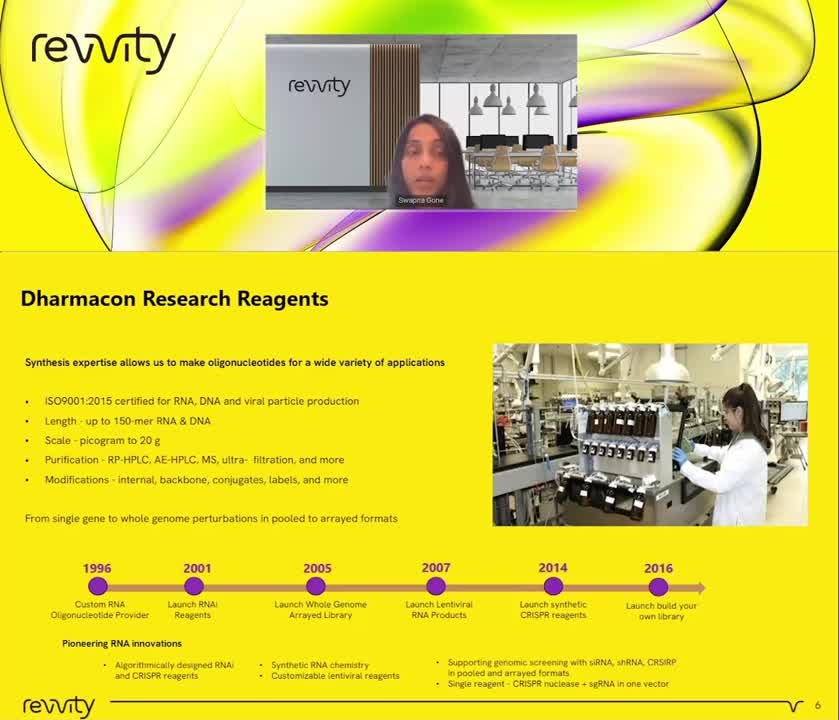
Genome editing, often referred to as genetic engineering or genetic modification, is the revolutionary process of altering specific regions of an organism’s nucleic acid molecules, such as DNA. Advances in genome editing techniques have enhanced our understanding of genetic contributors to disease and facilitated the creation of more physiologically relevant cell and animal models. From functional genomics to target and drug resistance studies and screening, genetic modification has expanded our capacity to address complex pathologies, including cancer, diabetes, and age-associated diseases.
The most common gene-editing techniques involve either inactivating gene function (gene knockout), introducing or correcting SNP mutations, or inserting endogenous genes (gene knockin). Each approach serves a distinct purpose; for instance, gene knockout might be used to study the loss-of-function effects of specific genes or understand gene function, while gene knockin can be used to create models with specific genetic variations or to study the regulation of gene expression.
RNAi-mediated gene modulation is another gene editing technique that allows for the selective silencing of genes through the use of small RNA molecules, typically small interfering RNAs (siRNAs), short hairpin RNAs (shRNAs), or microRNAs (miRNAs). This approach complements other genome editing methods, expanding the toolkit for investigating gene function and regulation.
Challenges associated with genome editing and modulation
While approaches to editing and modulating the genome have revolutionized drug discovery, the precise manipulation of genetic makeup does present several challenges. One concern is the occurrence of off-target activity, which can cause unexpected biological events. Drug developers and manufacturers go to great lengths to ensure that gene editing approaches show no significant off-target activity that could cause unwanted side effects further down the line.
Another challenge is ensuring that the editing tools, such as CRISPR-Cas9 components or RNAi molecules, are successfully delivered to the target cells. Developing effective delivery methods that can navigate biological barriers, such as cell membranes, is a key area of research. Additionally, ensuring that the editing tools reach the target cells in sufficient quantities without inducing an immune response is a technical hurdle that needs to be addressed for the widespread application of genome editing.
Maintaining the stability of genetic modifications over time is another challenge of gene editing. Understanding the mechanisms that contribute to the stability or instability of edited genes and optimizing the editing processes to enhance stability are also areas of ongoing investigation. This is particularly crucial for therapeutic applications where sustained gene expression or suppression is often necessary for long-lasting therapeutic benefits.
To discover more about our gene modulation and gene editing solutions, watch our video below.

Reagents for advancing gene editing experiments
Successful targeted genome editing requires detailed knowledge of the target DNA and expertise in modifying genomes, correcting defective genes, and introducing new functionalities for desired outcomes. At Revvity, we provide essential reagents for advancing gene editing experiments, covering a vast array of validated knockout models, point mutations in cancer-relevant cell models, and expertise in gene editing (CRISPR), gene modulation (RNAi), and "CRISPR-ready" stable Cas9 or dCas9-VPR expressing cell lines. Our engineered cell models, available in flexible formats, also allow precise edits in diverse cell types.

































